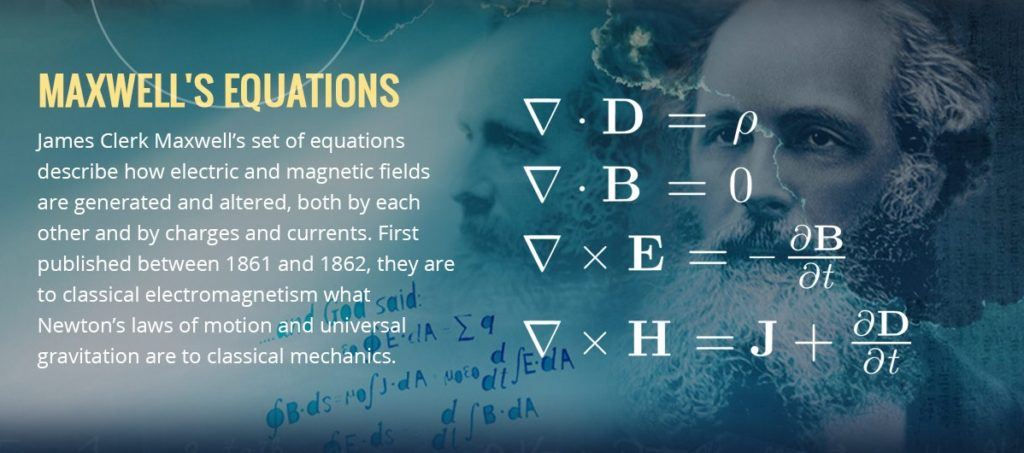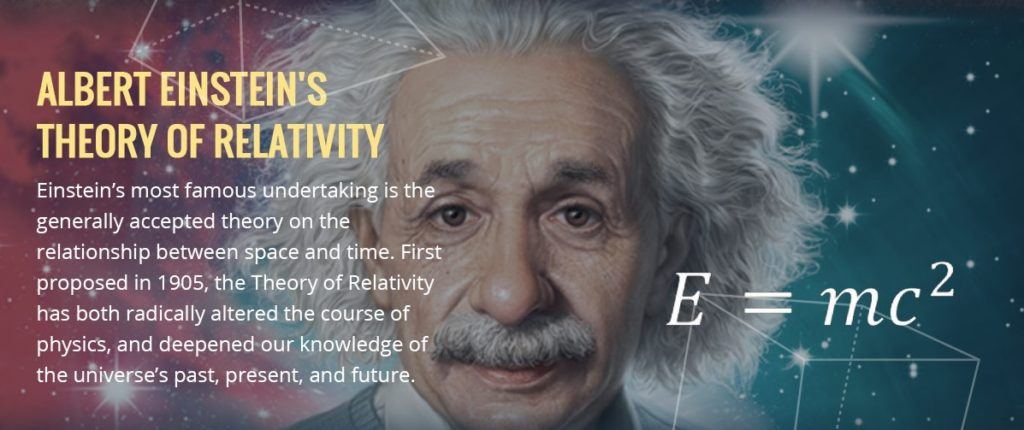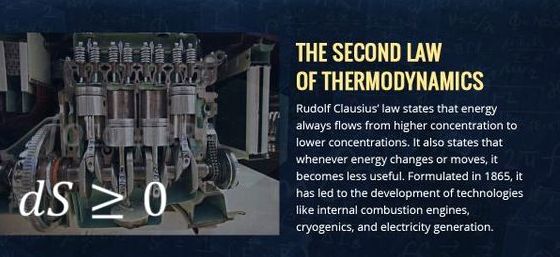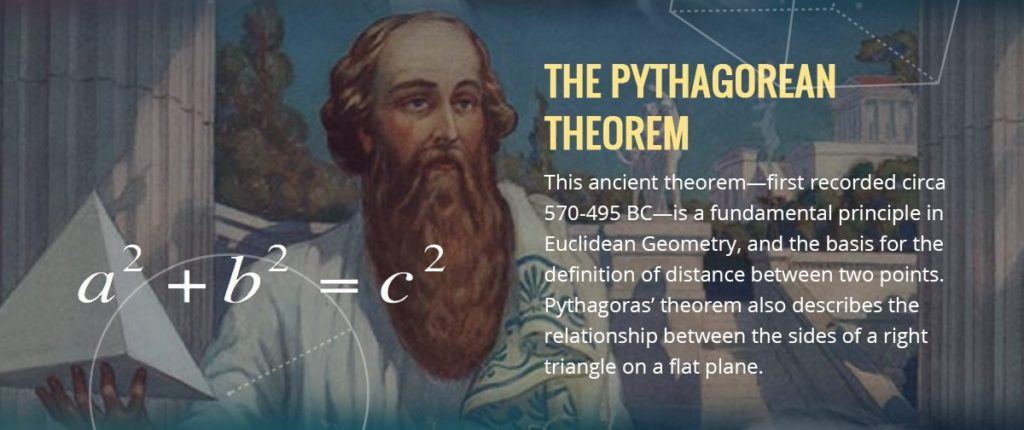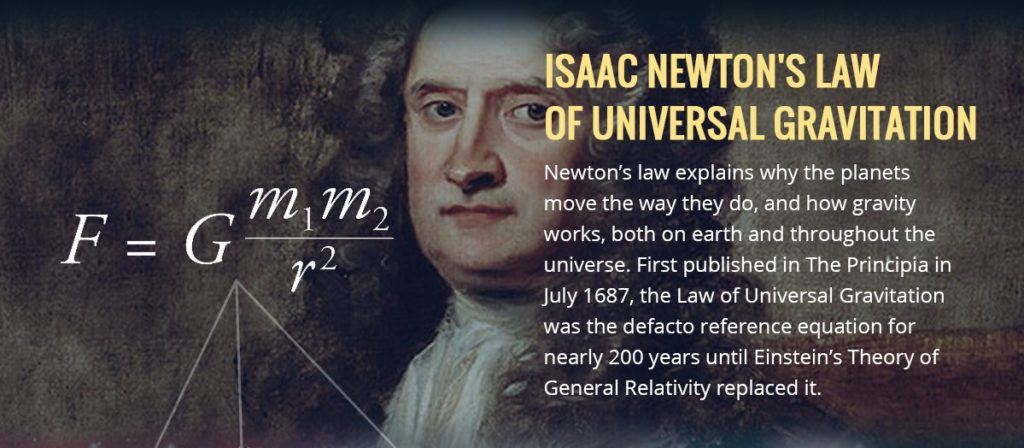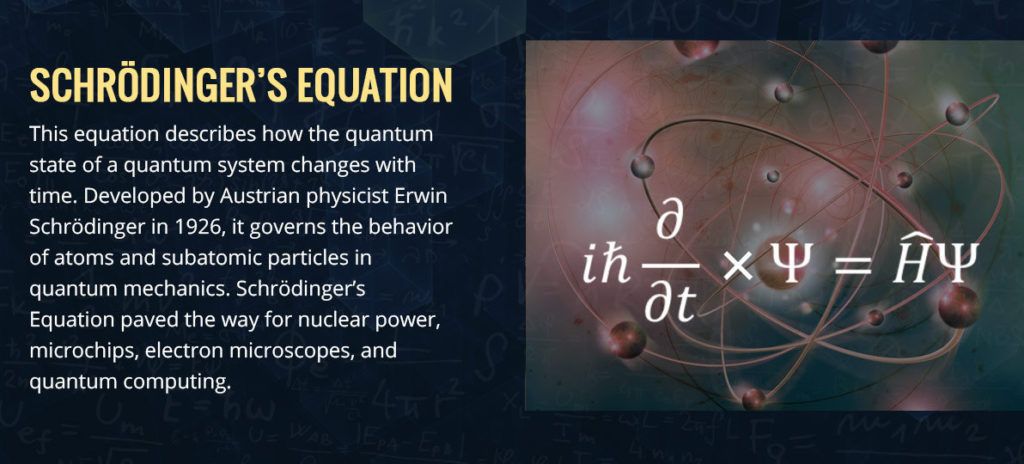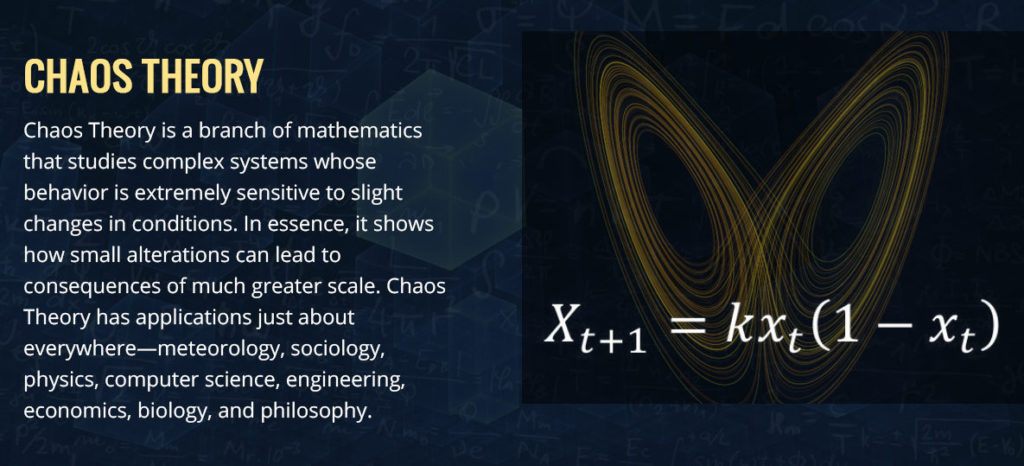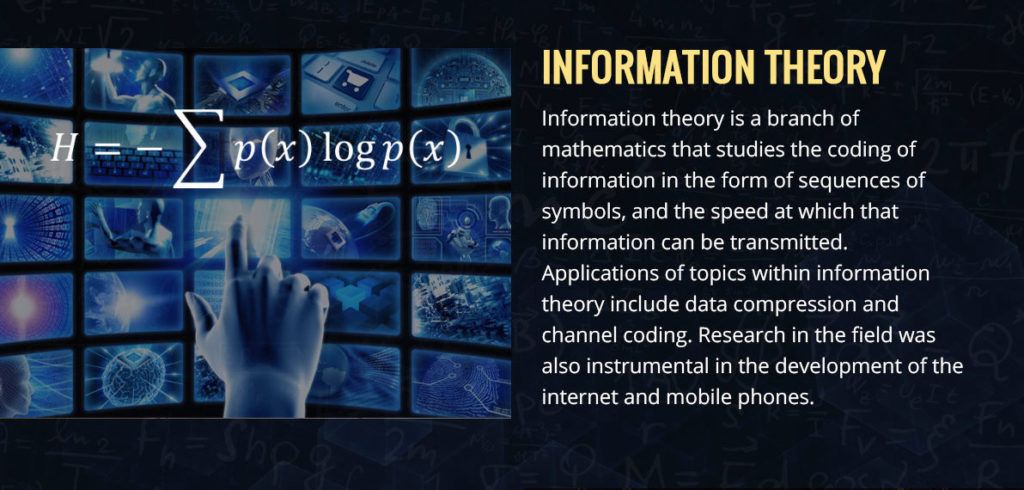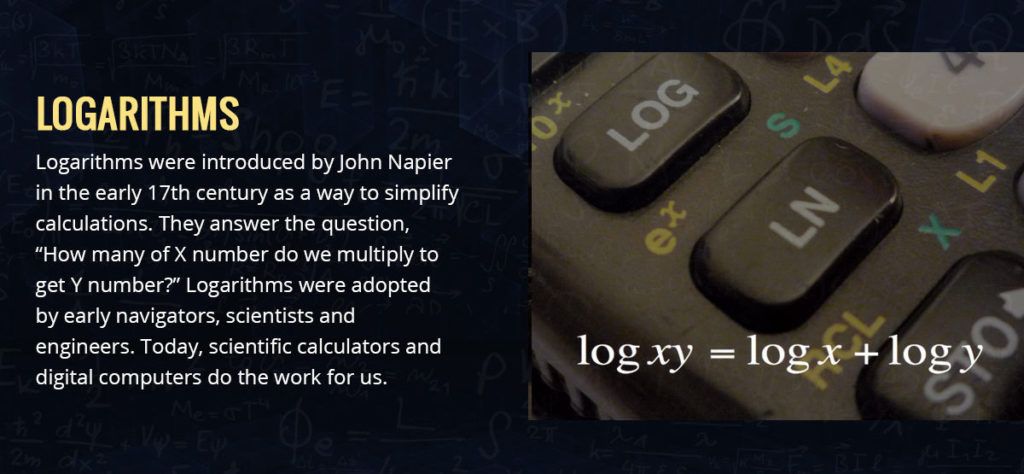10 Engineering Equations : Which Changed the World Around Us
"Engineering Equations" or “Engineers and Equations” is a better love story than twilight. Although we whine about being victimized by the half a million equations we have to go through in our degrees, the truth is that equations help us understand the world through the unbiased eyes of numbers and formulas. All the great scientists used this irrefutable tool to redescribe the Universe for us. From Newton’s Laws of Motion to the recent proof of Einstein’s Gravity Wave theory, it has been an incredible journey to follow these great minds in a quest to have a better understanding of how nature works and the ways it proposes anomalies that are a challenge for us.
The biggest minds in the history have used mathematics to lay the foundation for how we measure and understand our universe. But unfortunately, mathematics is not easy for everyone, and students are particularly affected. In the age of technology, you can always buy papers online, thereby earning a perfect score, or you can find all the information you need on the internet to help you understand a formula. Time and time again, we have proved that it only takes one simple formula to alter the course of humanity. Here are ten equations that did just that :
"Engineering Equations" or “Engineers and Equations” is a better love story than twilight !
Engineering Equations 1: Maxwell's Equation
Maxwell's equations are a set of partial differential equations that, together with the Lorentz force law, form the foundation of classical electromagnetism, classical optics, and electric circuits. For more details, click here.
Engineering Equations 2: Theory Of Relativity
The theory of relativity usually encompasses two interrelated theories by Albert Einstein: special relativity and general relativity. Special relativity applies to elementary particles and their interactions, describing all their physical phenomena except gravity. General relativity explains the law of gravitation and its relation to other forces of nature. It applies to the cosmological and astrophysical realm, including astronomy. For more details, click here.
Engineering Equations 3: Second Law of Thermodynamics
The second law of thermodynamics states that the total entropy of an isolated system can only increase over time. It can remain constant in ideal cases where the system is in a steady state (equilibrium) or undergoing a reversible process. The increase in entropy accounts for the irreversibility of natural processes, and the asymmetry between future and past. This equation is also widely used in Marine engineering, also you may find marine engineer jobs on Jooble.
Engineering Equations 4: Pythagorean Theorem
It states that the square of the hypotenuse (the side opposite the right angle) is equal to the sum of the squares of the other two sides. The theorem can be written as an equation relating the lengths of the sides a, b and c, often called the "Pythagorean equation". For more details, click here.
Engineering Equations 5: Universal Law of Gravitation
Newton's law of universal gravitation states that a particle attracts every other particle in the universe using a force that is directly proportional to the product of their masses and inversely proportional to the square of the distance between their centers. For more details, click here.
Engineering Equations 6: Schrodinger's Equation
In quantum mechanics, the Schrödinger equation is a mathematical equation that describes the changes over time of a physical system in which quantum effects, such as wave–particle duality, are significant. The equation is a mathematical formulation for studying quantum mechanical systems. For more details, click here.
Engineering Equations 7: Chaos Theory
Chaos theory is a branch of mathematics focused on the behavior of dynamical systems that are highly sensitive to initial conditions. 'Chaos' is an interdisciplinary theory stating that within the apparent randomness of chaotic complex systems, there are underlying patterns, constant feedback loops, repetition, self-similarity, fractals, self-organization, and reliance on programming at the initial point known as sensitive dependence on initial conditions. For more details, click here.
Engineering Equations 8: Information Theory
Information theory studies the quantification, storage, and communication of information. For more details, click here.
Engineering Equations 9: Calculus
In mathematics, differential calculus is a subfield of calculus concerned with the study of the rates at which quantities change. It is one of the two traditional divisions of calculus, the other being integral calculus. For more details, click here.
Engineering Equations 10: Logarithms
In mathematics, the logarithm is the inverse operation to exponentiation. That means the logarithm of a number is the exponent to which another fixed number, the base, must be raised to produce that number. In simple cases the logarithm counts factors in multiplication. For more details, click here.

